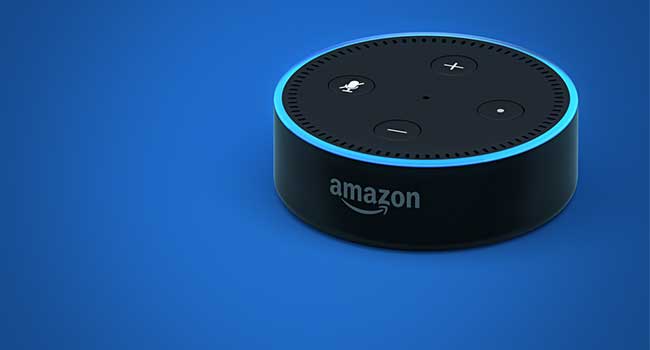
Researchers Find Ways to Boost Security of Voice Control
Voice activated systems are vulnerable to hacking. Researchers from Michigan have found ways to bolster their security.
University of Michigan researchers have found new ways to bolster security when it comes to voice activated devices and systems. The aims is to eliminate the vulnerabilities associated with voice authentication.
It wasn't long ago when the news was filled with headlines of children ordering gifts off Amazon Prime via the Amazon Echo or Super Bowl commercials waking up Google Home devices to prove an advertising point. These instances go to show how weak the security is surrounding the devices we allow in our homes.
Just like most other system, voice activated devices, such as Google Home or Amazon Echo, are vulnerable to hacking. With the rise of these devices and the implementation of voice control in a lot of other daily systems, the need for security is great.
Voice automated systems are generally vulnerable because sound is regarded as an "open channel" and this inlet can be easily tricked by impersonators. In many cases, the hacker doesn't even have to be particularly good at impersonations to access the system. A recording of someone's voice could even get past the security that is currently installed on these devices.
This all makes sense as the voice is generally a weak source of cybersecurity.
So, University of Michigan researchers got to work finding ways to give voice automated systems a way to double check itself. They came up with security-token necklaces, ear buds or eyeglasses that would listen in on voice commands and pair them up to on body vibrations to ensure they were coming from the correct source.
The wearable device would continuously register speech-induced vibrations on the user's body. These sound waves are then paired up with the sound of the person's voice. This then creates a unique and secure signature that allows the user to be confident no one else is accessing their devices.
If a person attempts to talk to a voice automated device, but vibrations are not detected, the device will know that the user is not permitted to use the device. Learn more here: https://www.youtube.com/watch?time_continue=65&v=EJHUXgInBOk.